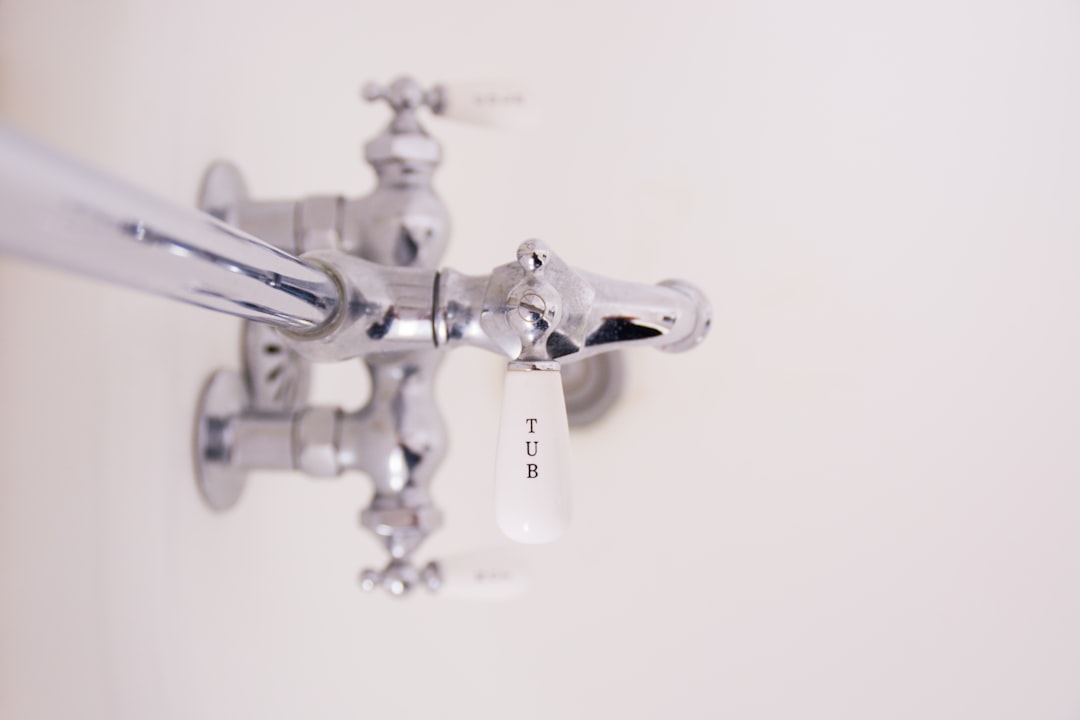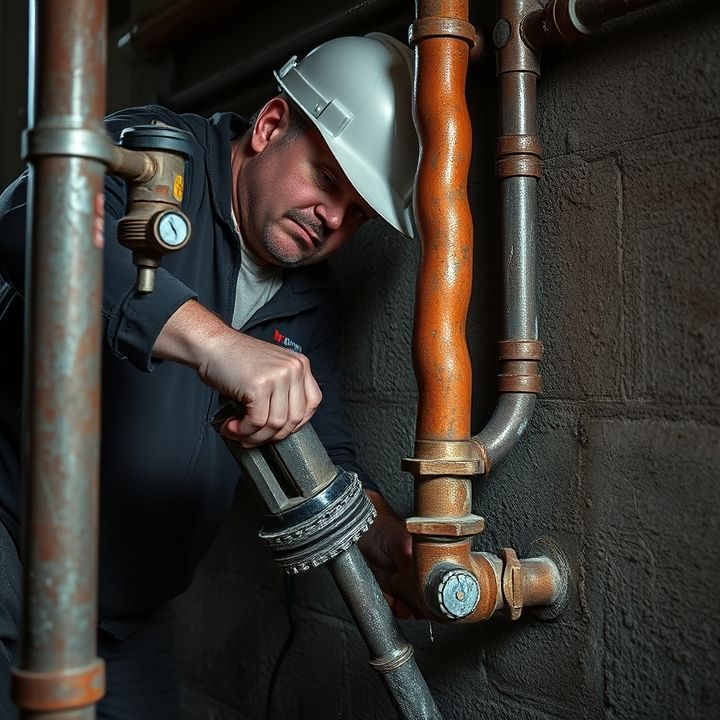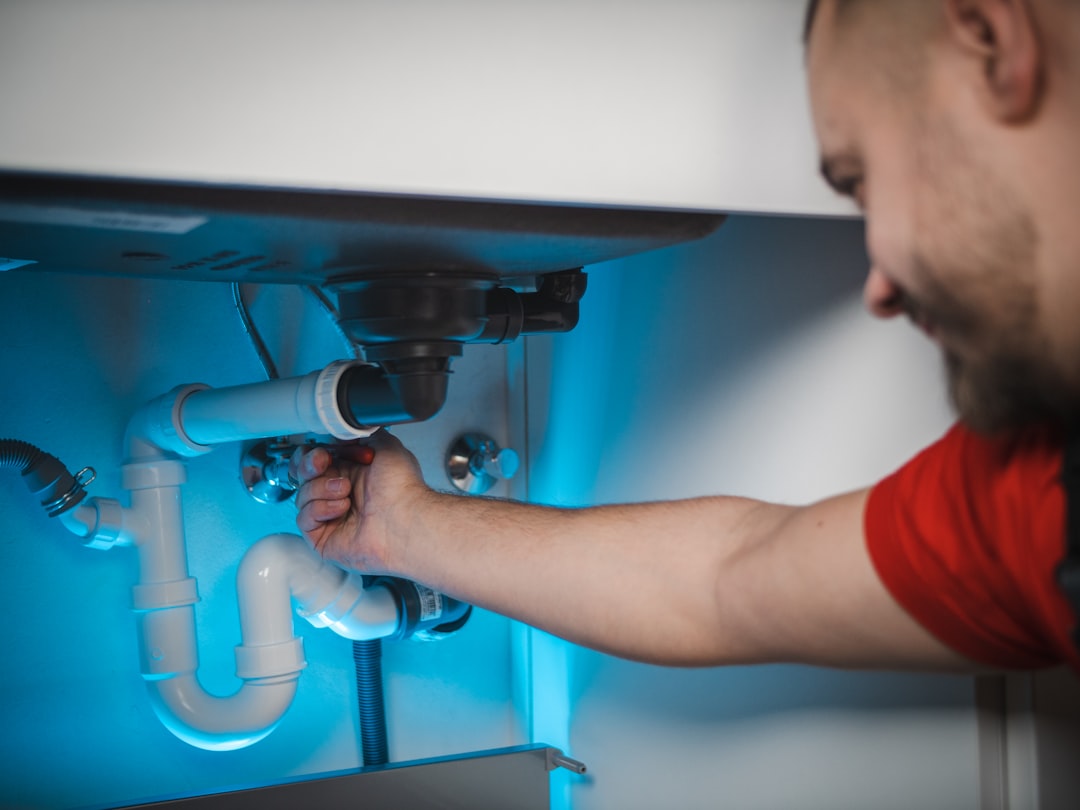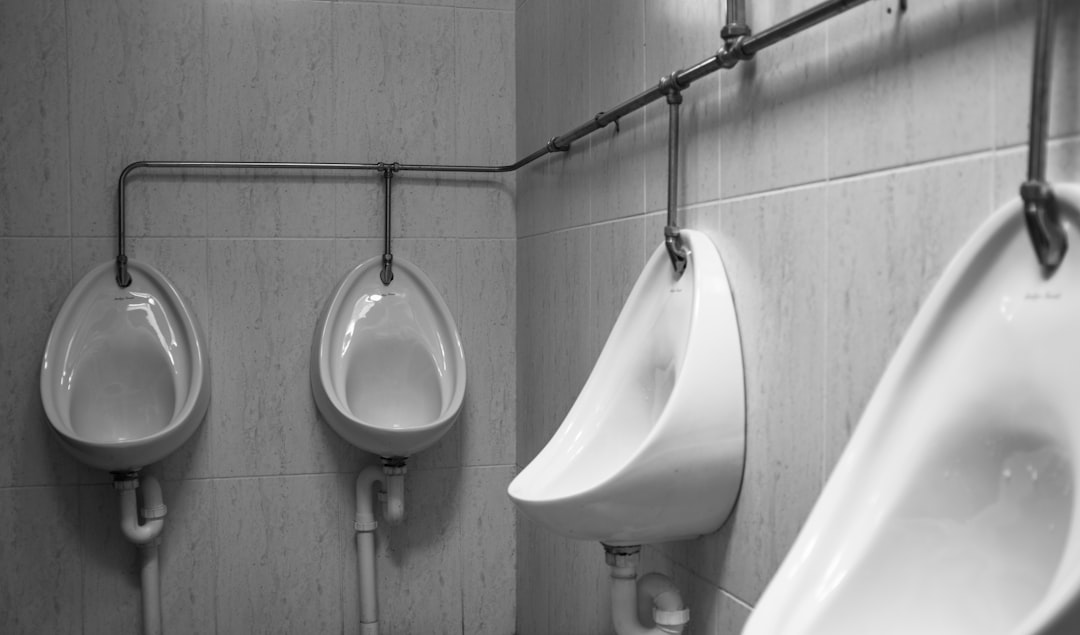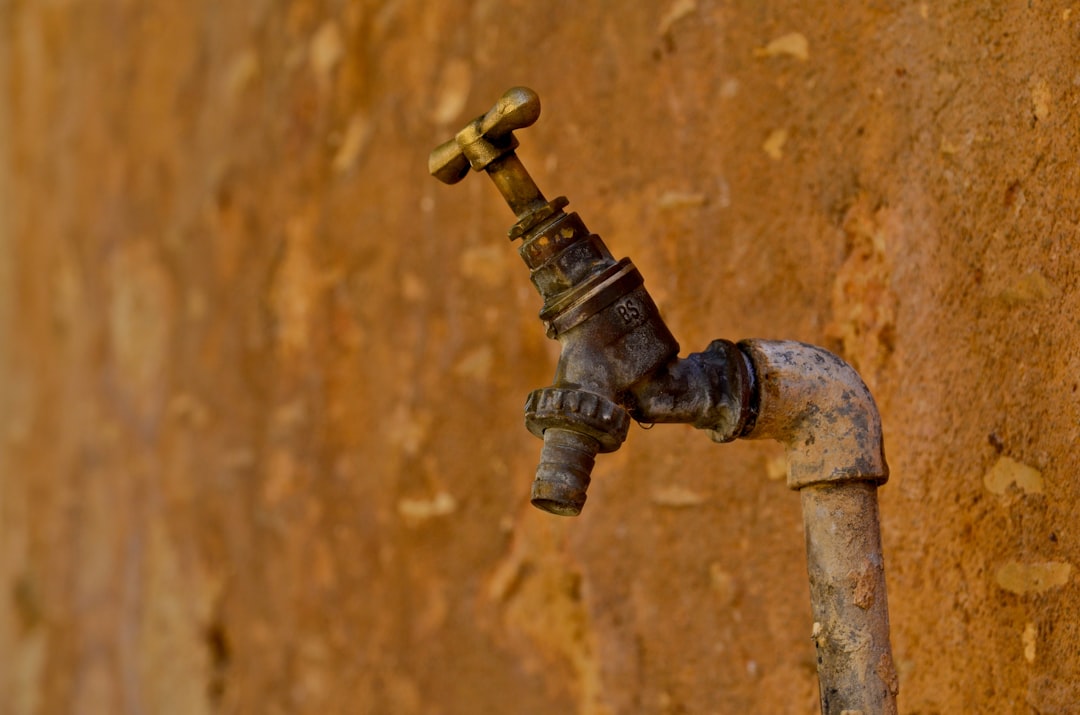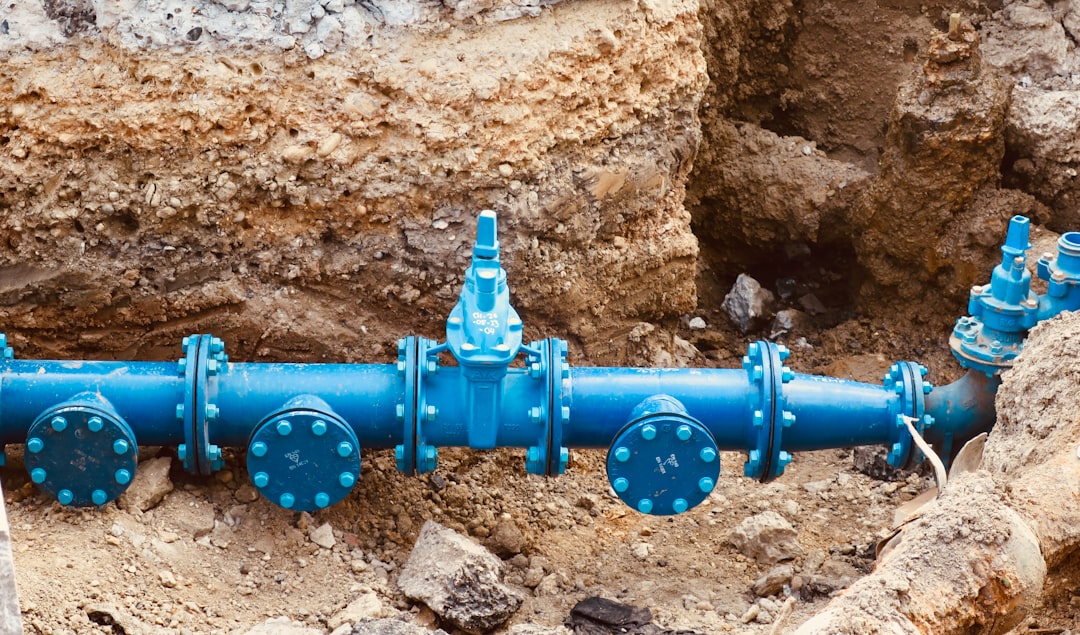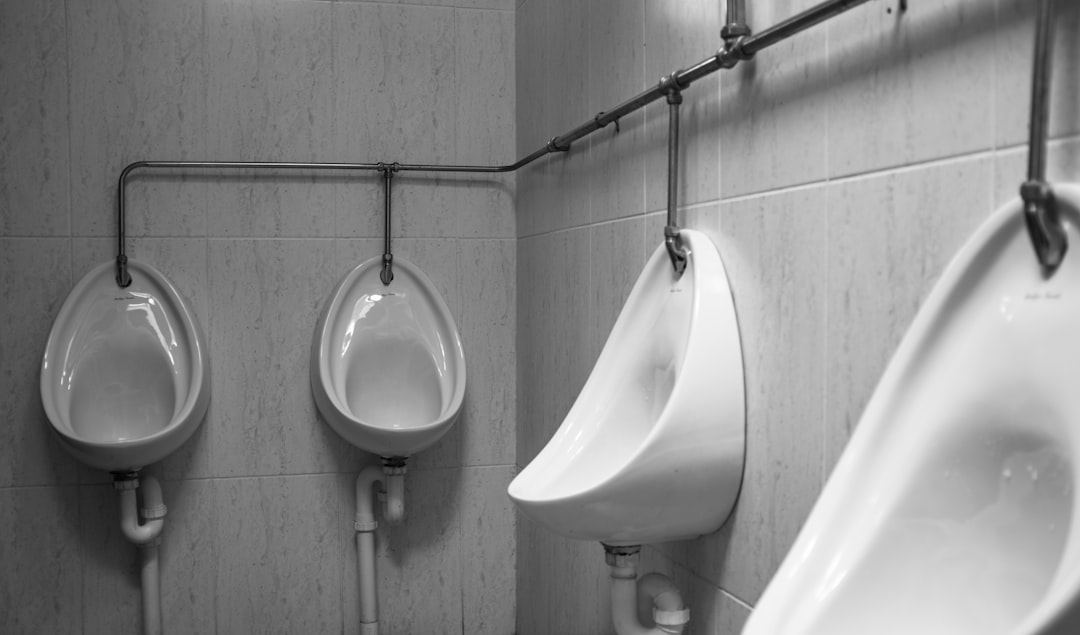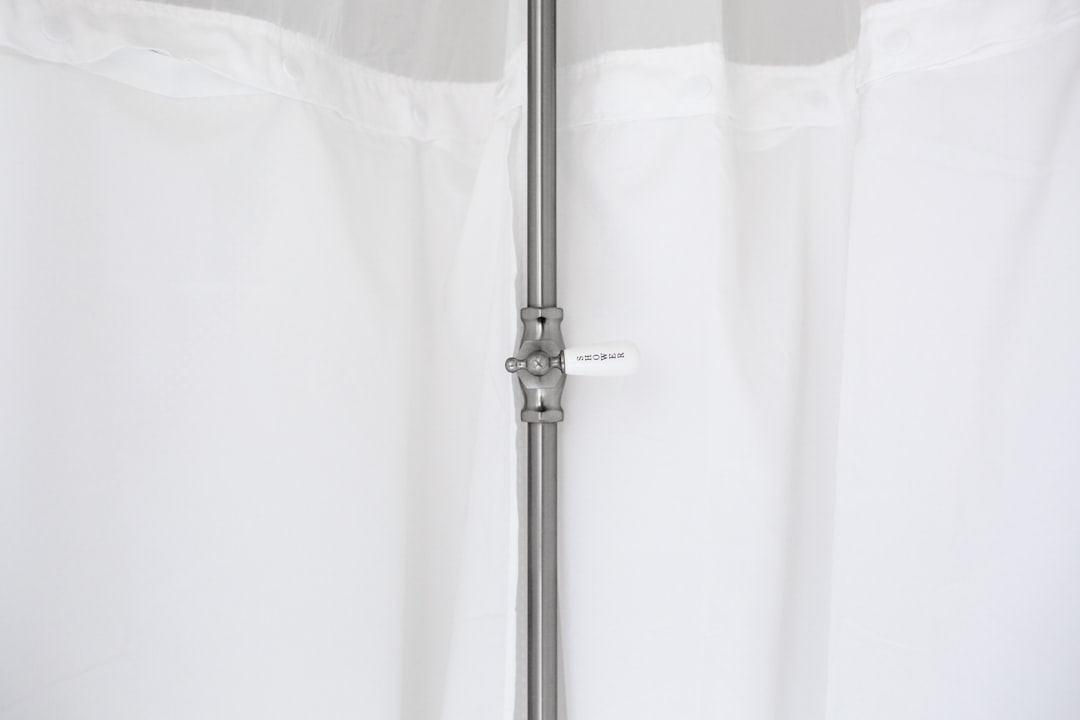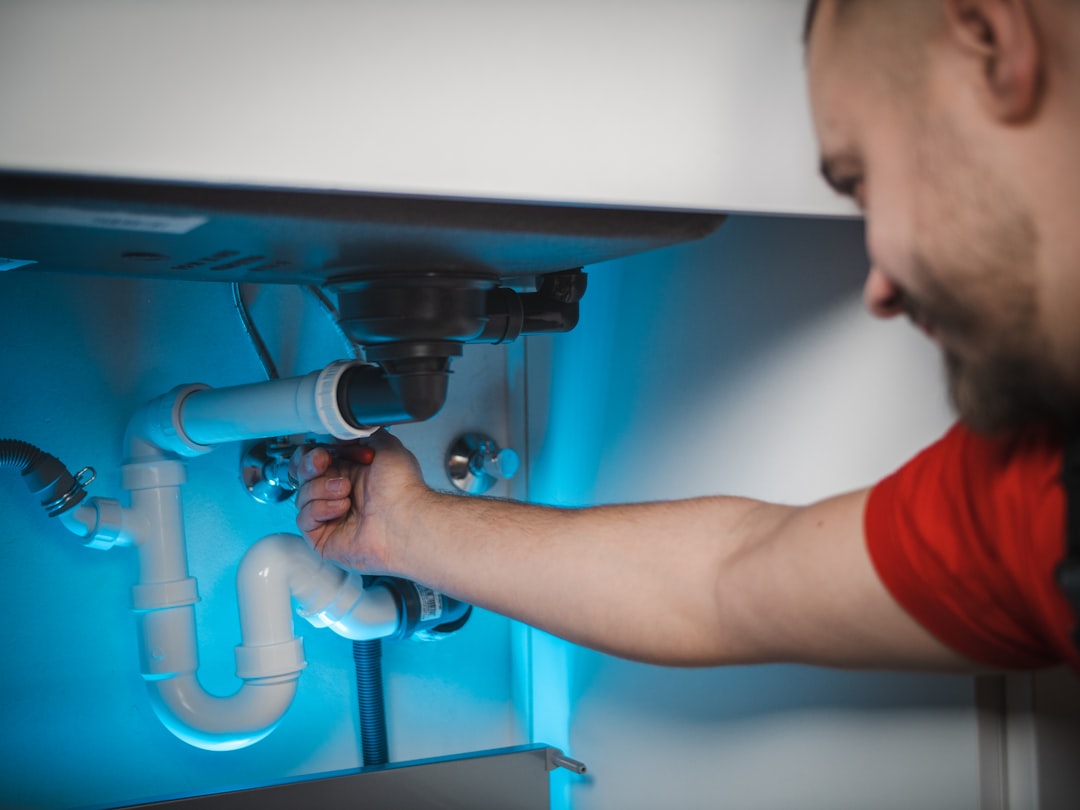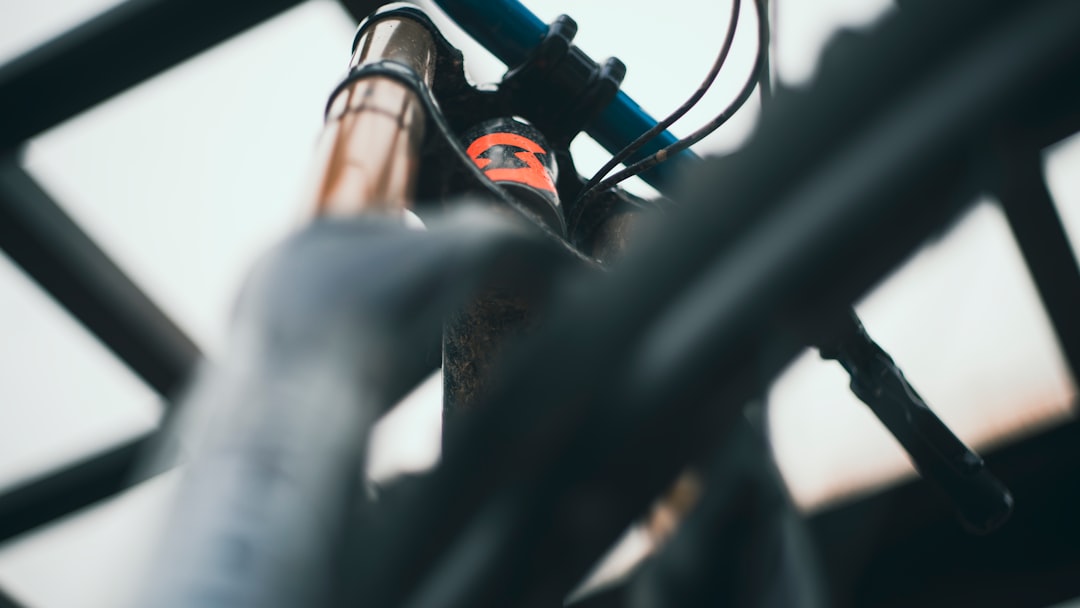Table of Contents
- Introduction
- Overview of plumbing training programs and durations
- Apprenticeship requirements and timelines
- Certifications and licensing process for plumbers
- Types of plumbing specialization and their impact on training length
- Comparative training durations for residential vs commercial plumbing
- Importance of hands-on experience in plumbing education
- Continuing education and training for experienced plumbers
- Factors affecting the overall training time for plumbing professionals
- Conclusion
- Frequently Asked Questions
Introduction
Ever wondered how a novice transforms into a skilled plumber, capable of tackling complex plumbing disasters with confidence? The journey from apprentice to expert is both challenging and rewarding, filled with hands-on experiences and invaluable learning. But just how long does this transformation take?
In a world where immediate gratification is the norm, plumbing training reveals a different narrative—one that emphasizes dedication, skill development, and time. From understanding the intricacies of pipe systems to mastering the tools of the trade, aspiring plumbers embark on a multi-faceted journey that blends theoretical knowledge with practical application.
Join us as we delve into the essential stages of plumbing training, exploring the necessary steps and timeframes involved in becoming a plumbing professional. Whether you’re considering a career in this vital industry or simply curious about the training process, get ready to discover the fascinating world beneath your sink!
Overview of plumbing training programs and durations
Overview of plumbing training programs and durations
Plumbing training programs are designed to equip aspiring plumbers with the necessary knowledge and skills to perform their duties effectively. Typically, these programs can vary widely in duration, ranging from a few months to several years, depending on the type of training undertaken. Many individuals start with a vocational or trade school certificate, which usually requires about 6 months to 1 year of study. This program offers foundational courses in plumbing systems, safety practices, and local building codes.
Another common pathway is to pursue an apprenticeship, which combines on-the-job training with classroom instruction. Apprenticeships generally last between 3 to 5 years, allowing trainees to work under the supervision of experienced professionals while earning a salary. During this period, apprentices learn practical skills, including installation, maintenance, and repair of plumbing systems.
Some may also choose to pursue an associate degree in plumbing technology, which typically takes around 2 years and offers more comprehensive coursework, including advanced plumbing techniques and business management skills.
Apprenticeship requirements and timelines
Becoming a plumber typically involves an apprenticeship, which combines classroom instruction with hands-on training. The apprenticeship requirements can vary by region, but generally, applicants must be at least 18 years old and possess a high school diploma or equivalent. Many programs also require passing a background check and drug testing. Aspiring plumbers often need to secure an apprenticeship position with a licensed contractor or plumbing company before commencing their training.
The duration of an apprenticeship usually spans 4 to 5 years, during which trainees work under the guidance of experienced plumbers to learn essential skills. Apprentices attend classes part-time to study subjects like plumbing codes, safety practices, and blueprint reading. Hourly wages often increase as apprentices gain skills and experience.
Completing the apprenticeship successfully is a crucial step in obtaining the necessary licenses to work as a professional plumber. After finishing the program, candidates may need to pass a licensing exam, which assesses their knowledge and competency in plumbing.
Certifications and licensing process for plumbers
The certifications and licensing process for plumbers is critical to ensuring that they are qualified to perform plumbing work safely and effectively. In many regions, aspiring plumbers must first complete an apprenticeship program, which typically lasts between four to five years and includes both hands-on training and classroom instruction. During this time, apprentices learn essential skills, such as pipe installation, repair, and maintenance, while also gaining knowledge about local plumbing codes and regulations.
After completing the apprenticeship, candidates usually need to pass a licensing exam that tests their competency in plumbing systems, building codes, and safety standards. The requirements may vary by state or country, but generally, candidates must demonstrate both theoretical knowledge and practical skills.
In addition to obtaining a license, many plumbers choose to pursue further certifications to enhance their expertise. These certifications can cover specialized areas such as gas fitting, water conservation, or eco-friendly plumbing practices, giving them a competitive edge in the job market. Ultimately, navigating the certification and licensing process is a vital step for any plumber aiming to establish a successful career.
Types of plumbing specialization and their impact on training length
When considering a career in plumbing, it’s essential to recognize that there are various specializations, each influencing the training duration significantly. Common types include residential plumbing, commercial plumbing, service plumbing, and specialized areas such as gas fitting or medical gas installation.
Residential plumbers typically focus on the installation and repair of plumbing systems in homes. Training in this area can take about two to four years, depending on the program.
On the other hand, commercial plumbers work on larger, more complex systems in businesses and often require additional training, extending their education by a year or two.
Service plumbing, which involves repairing existing systems, may have shorter training because it often builds on general plumbing knowledge.
Specializations like gas fitting or medical gas installation can demand focused training programs that add several months to a plumber’s education due to the stringent safety regulations and technical knowledge required. Understanding these specializations can help aspiring plumbers plan their training and career paths effectively.
Comparative training durations for residential vs commercial plumbing
When considering a career in plumbing, it is crucial to note the differences in training durations for residential and commercial plumbing.
Residential plumbing primarily focuses on the installation and maintenance of plumbing systems within homes. Typically, the training duration for residential plumbers is around 1 to 2 years, which includes classroom learning and hands-on apprenticeship. This training covers basic plumbing skills, code regulations, and safety practices relevant to household plumbing.
On the other hand, commercial plumbing is often more complex due to the larger systems involved, such as those in schools, hospitals, and commercial buildings. Training for commercial plumbers often extends to 3 to 5 years. This extended duration allows for a more in-depth understanding of advanced plumbing technologies, system design, and building codes that are more intricate than those found in residential settings.
Ultimately, while residential and commercial plumbing share foundational skills, the training required for commercial plumbing is generally more extensive due to its scope and complexity.
Importance of hands-on experience in plumbing education
Hands-on experience is a crucial component of plumbing education, as it allows students to apply theoretical knowledge in real-world situations. Plumbing is a skilled trade that requires not only an understanding of the principles behind water systems, drainage, and heating but also the ability to perform physical tasks effectively.
Through practical training, aspiring plumbers become proficient in using various tools and equipment, from wrenches to pipe cutters. This experience helps develop problem-solving skills, as students learn to troubleshoot and repair plumbing issues they may encounter on the job.
Furthermore, hands-on experience in plumbing education often takes place in controlled environments, such as workshops or training facilities, where students can make mistakes and learn from them without the added pressure of working in a client’s home. This preparation builds confidence and competence, ensuring that graduates are well-equipped to enter the workforce. Additionally, many programs incorporate internships or apprenticeships, providing students with invaluable exposure to the plumbing industry and its standards.
Continuing education and training for experienced plumbers
Continuing education and training are vital for experienced plumbers seeking to advance their careers and keep up with industry changes. As plumbing technologies evolve, ongoing training ensures that plumbers are well-versed in modern techniques, tools, and safety regulations. Many plumbers opt to participate in workshops, seminars, and online courses that focus on specialized skills, such as green technology, advanced systems design, and code updates.
Additionally, continuing education allows plumbers to obtain certifications that can enhance their job prospects and earning potential. Employers often prefer hiring certified professionals, recognizing the commitment to quality and safety that certification represents. Furthermore, staying current with industry advancements can open doors to new opportunities, such as supervisory roles or niche markets within the plumbing profession.
In many regions, continuing education is required to maintain licensure, encouraging plumbers to engage in lifelong learning. By investing in their education, plumbers not only improve their skills but also contribute to the overall reputation and professionalism of the plumbing industry.
Factors affecting the overall training time for plumbing professionals
The time required to train as a plumber can vary significantly based on several factors. Firstly, the type of training program chosen plays a critical role. Many aspiring plumbers enroll in a formal apprenticeship, which typically combines classroom instruction with hands-on experience. These programs usually last about four to five years. Alternatively, some may opt for vocational schools, where training can take anywhere from six months to two years.
Another factor is the specific licensing requirements of each region. Different states or countries may have varying standards and prerequisites for obtaining a plumbing license, which can extend the training timeframe. Additionally, prior experience in construction or related fields may allow some individuals to complete their training more quickly.
Furthermore, the individual’s learning pace and commitment to the training process can also impact the overall duration. Those who dedicate more time and effort to their studies and practical work may find themselves ready to enter the workforce sooner than their peers.
Conclusion
In conclusion, the journey from apprentice to expert plumber is a multifaceted process that typically spans several years. Aspiring plumbers must commit to rigorous training, which includes completing an apprenticeship, gaining certifications, and possibly specializing in areas relevant to their career goals. Each phase of training not only builds essential skills but also ensures that safety and industry standards are met. While the standard timeline for becoming a licensed plumber ranges from four to five years, various factors such as the type of specialization and personal commitment can impact this duration. For anyone considering a career in plumbing or requiring plumbing services, it’s crucial to understand the value of professional expertise. If you’re facing plumbing issues or need assistance, don’t hesitate to call 573-555-2121 for reliable plumbing support!
